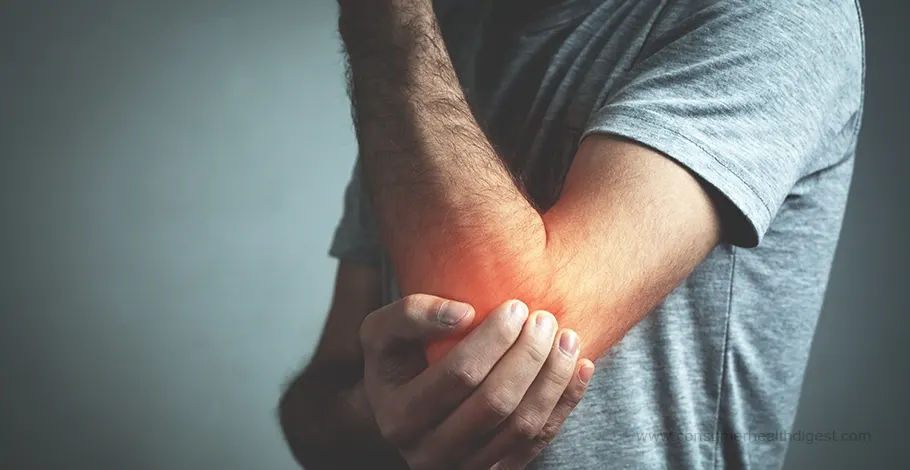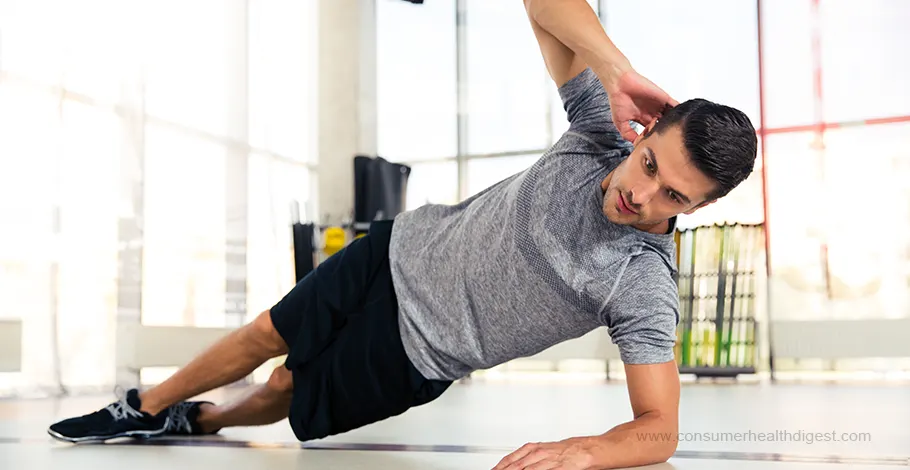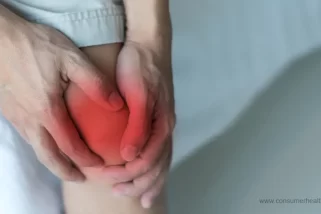Introduction
People of all ages are frequently affected by joint discomfort. It can be a crippling and irritating sensation that interferes with our everyday lives and activities. It is essential to recognize the symptoms of joint pain to get treatment as soon as possible and manage the illness well.

This article will look at the anatomy of joint pain, how to identify its symptoms, reveal underlying issues, and talk about lifestyle choices, available treatments, and preventative actions.
The Anatomy of Joint Pain
The joints in our body are the spaces where two or more bones link together. We can move and carry out different tasks because of these joints. When the joints are strained, injured, or inflamed for any number of reasons, joint pain results. [1]
Joint discomfort commonly affects the knees, hips, shoulders, hands, and spine. Depending on what caused the disease and how bad it was, the pain could be anything from minor discomfort to severe and incapacitating.
Recognizing the Signs and Symptoms
Joint pain and swelling are similar to your body's alarm system signaling that something is wrong. Consider your joints like the hinges of a door; a door that has well-maintained joints will swing open and shut smoothly. However, it's as though those hinges are rusty if they begin to swell or pain, which makes it challenging to move as freely as you normally would. Here is a brief summary of the symptoms and signs:
- Swelling: Think of this as your joint getting puffy or inflamed, sort of like how a sponge swells up with water. It's your body's reaction to an issue in the joint. This swelling can make the joint look bigger than usual.
- Stiffness: This is when your joint feels tight and it’s hard to move it around. It’s like waking up in the morning and feeling so snug under your blanket that you don’t want to stretch out. Sometimes your joints feel the same and don't want to stretch or move much.
- Warmth/Heat: If touching the joint feels warmer than the rest of your body, it's like the joint has its own little heater. This warmth is another sign that your body is working on something out of the ordinary in that area.
- Redness: Just like when you fall and scrape your knee, it turns red, a joint can look redder than usual. This red badge is your body’s way of saying it’s busy fixing or fighting something there.
- Trouble Moving: Imagine wearing a really tight jacket and trying to move around freely – if your joint is stiff or swollen, moving it can feel just like that. It becomes difficult to do everyday activities comfortably.
- Acute and Chronic Pain: Acute pain is like a loud alarm bell – sudden and sharp, telling you something is wrong right now. Chronic pain, on the other hand, is more like a background noise that’s always there, reminding you of an ongoing issue.
Uncover Hidden Circumstances
Many underlying disorders can cause joint pain, some of which need to be treated right once. One of the most frequent reasons is arthritis, which comes in several forms, including psoriatic, rheumatoid, osteoarthritis, and gout. [2]
Infections, autoimmune diseases, and traumas are additional possible reasons. It's critical to speak with a medical expert who can correctly identify the underlying issue and administer the necessary care.
Lifestyle Factors and Joint Health

Joint Health. Shutterstock Image
Certain lifestyle choices may either cause or worsen joint discomfort. Obesity and excess weight place additional strain on joints that support body weight, such as the knees and hips. Joint stiffness and muscle weakness can result from inactivity.
High-impact exercises and repetitive motions can potentially raise the risk of joint injury. The three most important things for joint health are keeping a healthy weight, doing frequent low-impact activity, and shielding your joints from undue stress. [3]
Seeking Relief: Treatment Options
Depending on the underlying cause and severity of joint pain, many treatment approaches are available. Pain and inflammation can be reduced by over-the-counter medicines such as acetaminophen and nonsteroidal anti-inflammatory drugs (NSAIDs).
Physical therapy can help increase flexibility and strengthen the muscles surrounding injured joints. Surgery or corticosteroid injections may be advised in extreme circumstances. Together, you and your healthcare professional will create a thorough treatment plan that is suited to your requirements.
Prevention is Key
Even though joint pain can be difficult, there are things you can do to lessen or avoid getting it. Frequent low-impact physical activities, like swimming, cycling, or walking, can support the flexibility and health of your joints. Strength training routines are a great way to support and safeguard your joints.
Joint pain and injuries can also be prevented by keeping a healthy weight, avoiding repetitive strain, and exercising with good form. Your joints can be protected by maintaining a healthy weight, engaging in regular physical activity, and avoiding high-impact or repetitive tasks. You can also lessen inflammation and promote joint health by including anti-inflammatory items in your diet, such as leafy greens, almonds, and fatty fish. [4]
Conclusion
One frequent problem that can have a big influence on our daily lives is joint pain. We may take proactive measures to manage and prevent joint pain by being aware of the anatomy of the condition, identifying its signals, uncovering underlying issues, and leading a healthy lifestyle.
Recall that receiving timely medical attention and adhering to your doctor's advice is essential for receiving effective treatment and enjoying a higher quality of life. We may maintain an active and satisfying life by putting our joint health first.
4 Sources
We review published medical research in respected scientific journals to arrive at our conclusions about a product or health topic. This ensures the highest standard of scientific accuracy.
[1] Juneja, Pallavi, et al. "StatPearls [Internet]." Anatomy, Joints. StatPearls Publishing, 9 Dec. 2023, www.ncbi.nlm.nih.gov/books/NBK507893.[2] Professional, Medical. "Arthritis: Symptoms, Causes, Types, Treatment & Prevention." Cleveland Clinic, 10 Apr. 2024, my.clevelandclinic.org/health/diseases/12061-arthritis.
[3] "How can I Improve my Joint Health | Madison Orthopedics - Idaho." 10 Apr. 2024, madisonorthopedics.org/how-can-i-improve-my-joint-health.
[4] "Taking Action for Your Bone and Joint Health | Patient Care." 10 Apr. 2024, weillcornell.org/news/taking-action-for-your-bone-and-joint-health.







 This article changed my life!
This article changed my life! This article was informative.
This article was informative. I have a medical question.
I have a medical question.
 This article contains incorrect information.
This article contains incorrect information. This article doesn’t have the information I’m looking for.
This article doesn’t have the information I’m looking for.